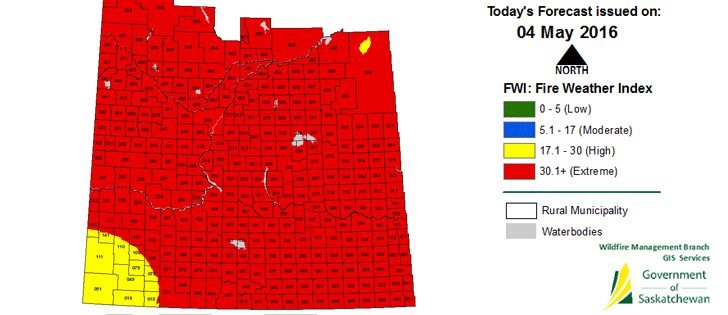Saskatchewan’s entire agricultural area is at extreme risk for fire with the exception of a tiny area in the southwest corner, according to the environment ministry’s daily forecast for May 4.
Emergency management commissioner Duane McKay said May 3 there had already been more grassfires reported this year than there were last year at this time.
There have been more than 300 grassfires in the south. As of May 4, there had been 106 wildfires in the north.
The current high temperatures and dry conditions provide the right climate for fires to spring up quickly.
Read Also

Europe holds promise for Canadian lentils
Pulse Canada is trying to help boost lentil consumption in Europe, which is already the fourth largest market.
Fire bans have been implemented in many areas; it’s up to each municipality to do so and residents should check with their local officials.
The demise of traditional summerfallowing over the past 25 years means there are no longer natural firebreaks on the landscape and fires can quickly get out of control.
Rural residents should take precautions such as mowing dry grass that has accumulated around buildings to reduce the fuel load.
Last year saw the evacuation of thousands of people in the north when forest fires burned through large swaths of trees.
There were 720 wildfires last year that burned about 4.2 million acres, mostly in the north.
Contact karen.briere@producer.com
















